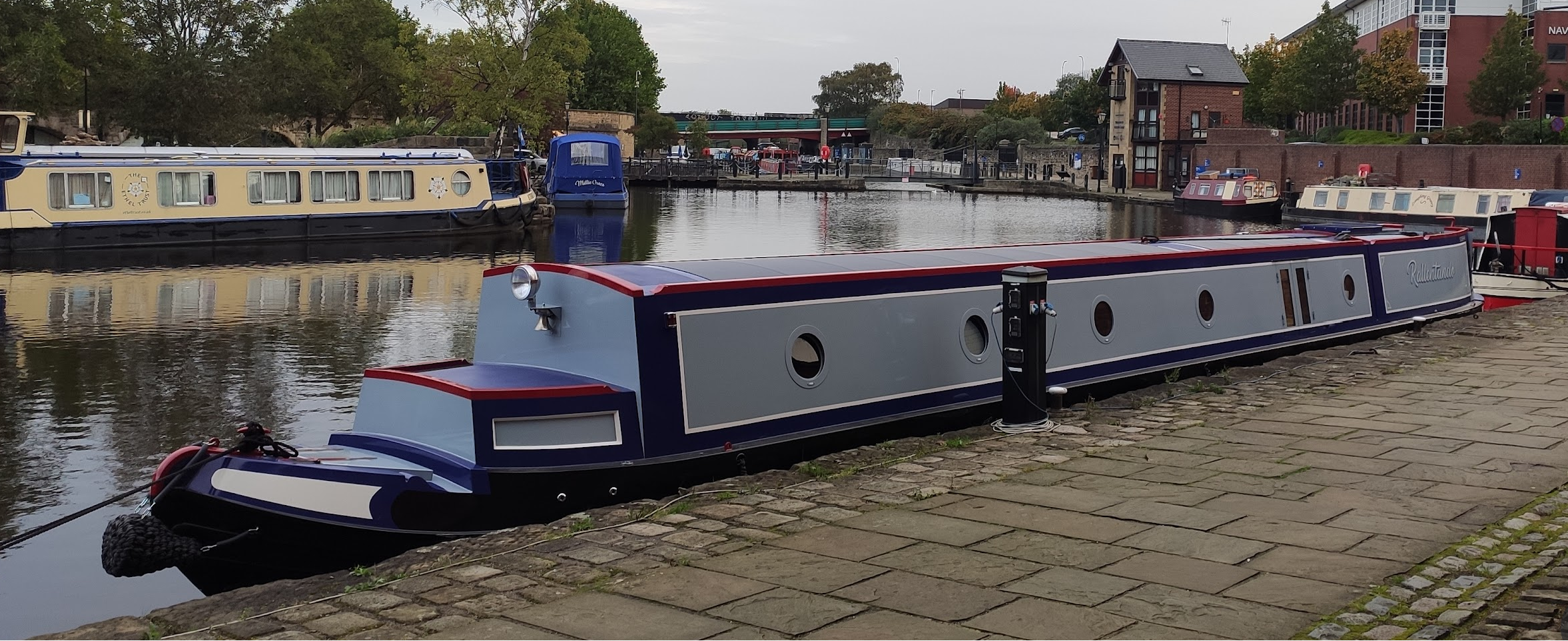It's not number of cycles that matters in this case, it's total time spent at high voltage (e.g. 100% SoC, at 14.4V or above) for either emergency cutout or balancing.
When cell manufacturers lifetest cells they cycle them from 0% SoC to 100% SoC at the recommended rate, typically 1C -- so one cycle takes 2 hours, 12 cycles per day, that means a couple years to do the test to 8000 cycles. I'm sure EVE will have done this but I very much doubt that Fogstar will have (especially going up to the disconnect voltage each time).
At these rates the cells only spend a tiny amount of time at high voltage (a couple of minutes per cycle?) and this doesn't reduce lifetime -- hence also the recommendation for cell balancing of maybe an hour or less at maybe 14.4V at intervals of a week or more. Of course the emergency cutout voltage is even higher... 😉
So taking the Fogstars up to the voltage cutout (even higher voltage than 14.4V!) in itself *probably* (have Fogstar actually tested this? -- see above...) isn't a problem even done regularly -- so long as you then discharge them under load to get back down to 14V or so quickly. If you don't do this then the lifetime will be reduced, maybe by 50% or even more if they regularly get left at high voltages -- but for most people even 1000 cycles means a lifetime of many years.
Very few people are likely to do this even within the Fogstar warranty period, and even then they might have a job proving that they didn't abuse the battery by keeping it at high voltages for long periods (unless it stores a lifetime record of chjarge/discharge internally, which seems unlikely).
All of which means it's quite possible that regularly hitting the high-voltage cutout *does* reduce lifetime (in spite of what Fogstar say) but not by enough to cause most people a problem -- unless they leave the battery sitting there at high voltage for extended periods, in which case this could be a problem... 😞
That's the reality of LFP battery guarantees from companies who build them using someone else's cells and BMS... 😉





